Test
No matter what season you’re in, it’s important to have fun indoor activities in your back pocket in case of rainy or cold weather. Keeping kids active and engaged will help them maintain focus and feel more self-regulated throughout the day.
No matter what season you’re in, it’s important to have fun indoor activities in your back pocket in case of rainy or cold weather. Keeping kids active and engaged will help them maintain focus and feel more self-regulated throughout the day.
No matter what season you’re in, it’s important to have fun indoor activities in your back pocket in case of rainy or cold weather. Keeping kids active and engaged will help them maintain focus and feel more self-regulated throughout the day.
Fun, Easy Indoor Games For Kids
Try some of these occupational therapist-approved activities the next time you’re stuck inside! The first five are active games and the latter five are calmer activities.
1. Build a fort
Carrying over chairs and hauling couch cushions is great for heavy work activity. Promote motor planning skills by letting kids figure out how to drape and fasten blankets and sheets to form the top of the fort. Once it’s built, a fort is a wonderful opportunity for imaginative play. Create a storyline and act out the scenes.
2. Human pinball
Looking to get out extra energy? Place “bumpers,” such as couch pillows, in strategic places throughout a room and have your kids roll on the floor until they bump into something (or each other). Then they have to change direction! Add more structure to the game with music to give them cues to reverse direction or stop rolling. If your kids need help calming their systems after this game, provide some deep pressure input through heavy work (putting all the couch pillows back where they belong) or time under a weighted blanket.
3. Create an obstacle course
Set up different types of obstacles for kids to go through, under and over! Mark the route with paint-safe tape. Add sections for crawling, jumping or even scootering to make it more fun and challenging. Obstacle courses help kids exercise problem solving, work on gross motor skills and use a lot of energy.
4. Freeze dance
Put on some upbeat songs and move to the music. Wave and toss scarves into the air, but STOP when the music does. This helps with auditory processing and allows kids to practice self-control. Change the pace of the music with fast and slow songs, to promote movement regulation.
5. Scavenger hunt
Easily set up a scavenger hunt for any age by changing up the way you write the clues and how well-hidden you make the items for kids to find. You can work on color and shape recognition by asking kids to gather items from around the house that are a certain color or shape. Increase the challenge by using questions as the clues so that kids need to think of the answer before they can go find the item.
6. Cards
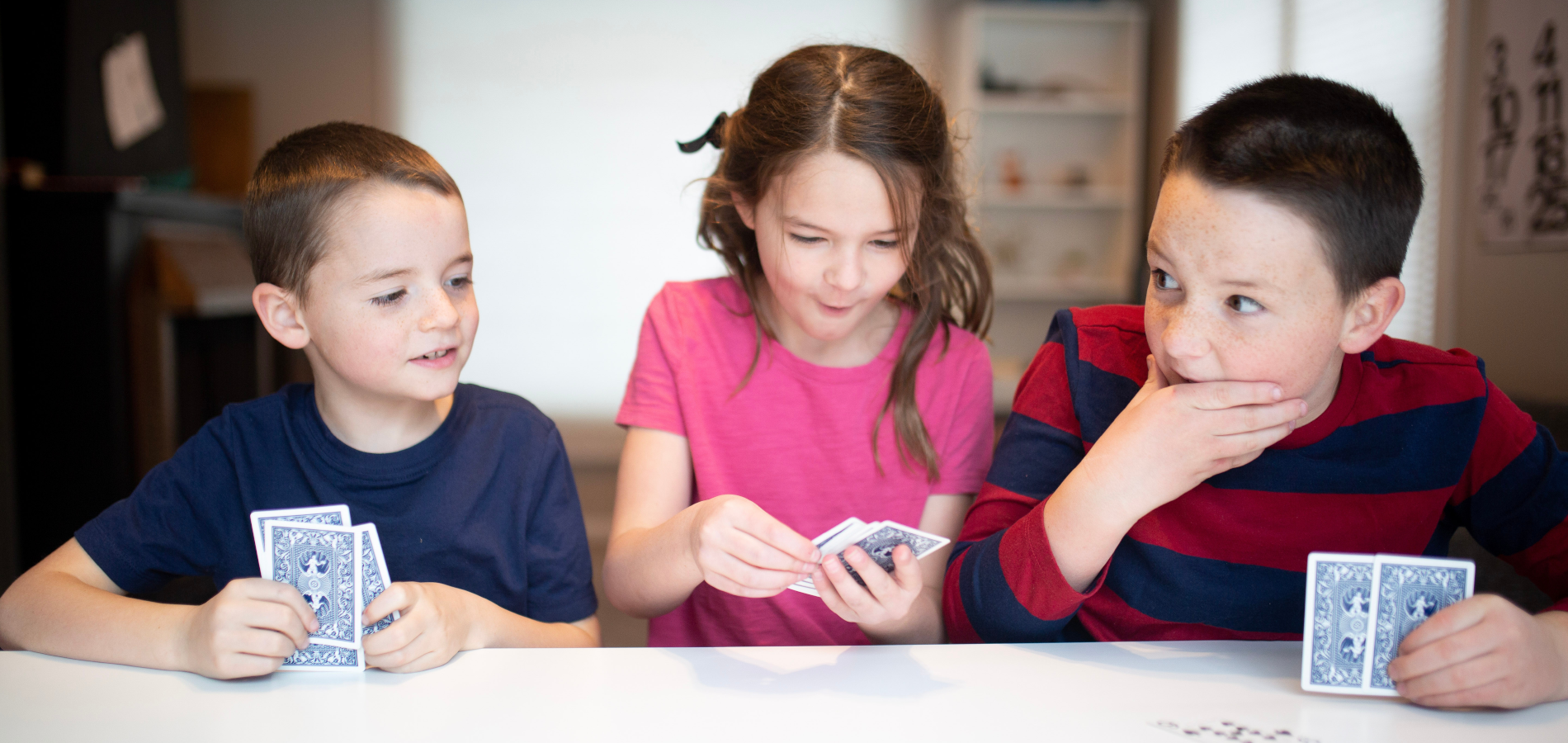
7. Checkers and Connect 4
Taking turns and patience are major skills for emotional regulation. Being able to sit and wait for your partner to make their move can be hard! Using timers can help some kids along with this challenge
8. Sensory bins
Filling a bin with sand or beans and having kids dig through to find small objects can keep them busy for hours! Imagination will run wild as they dig for the buried treasures. Spread out a plastic tablecloth or sheet underneath for easy cleanup. Change the medium and the objects to keep it fun and engaging.
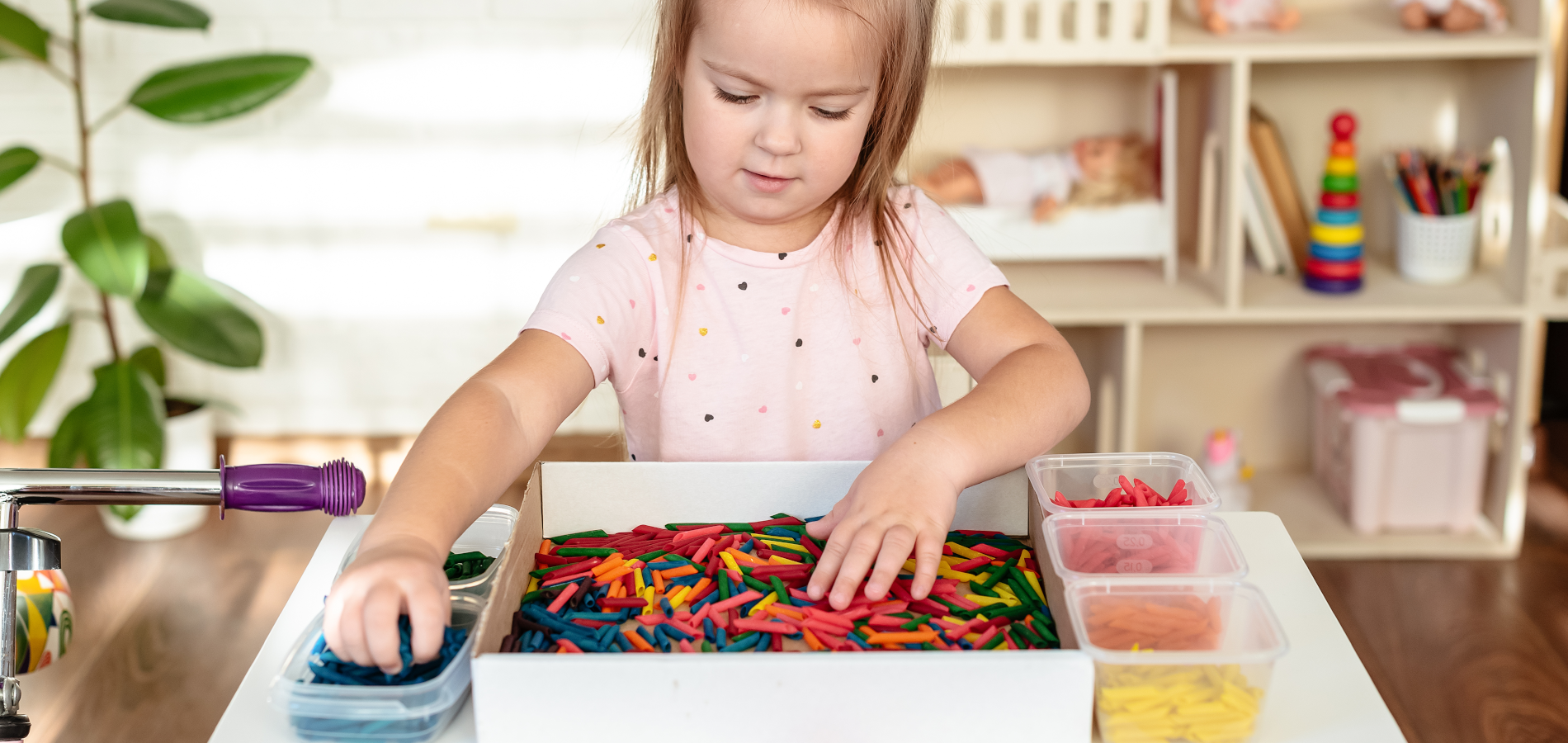
9. Stacking blocks
Stacking blocks can really get kids to slow down as they balance one block on top of the other or carefully arrange them side by side. Use the classic Rainbow Stackers to start out, or make it more challenging with the curvy shape of the Wooden Wave Stacker. Fine motor skills, motor planning and grading how much force they have to use are all wrapped into this simple indoor game!
10. Art Gallery
Art is an incredible form of sensory play. Use an assortment of materials to create their masterpieces. Getting their hands messy is hard for some kids, so have popsicle sticks or cotton swabs on hand to spread glue, and wipes for easy cleanup. Add an element of language skill development by encouraging kids to talk about what they made and how it makes them feel.
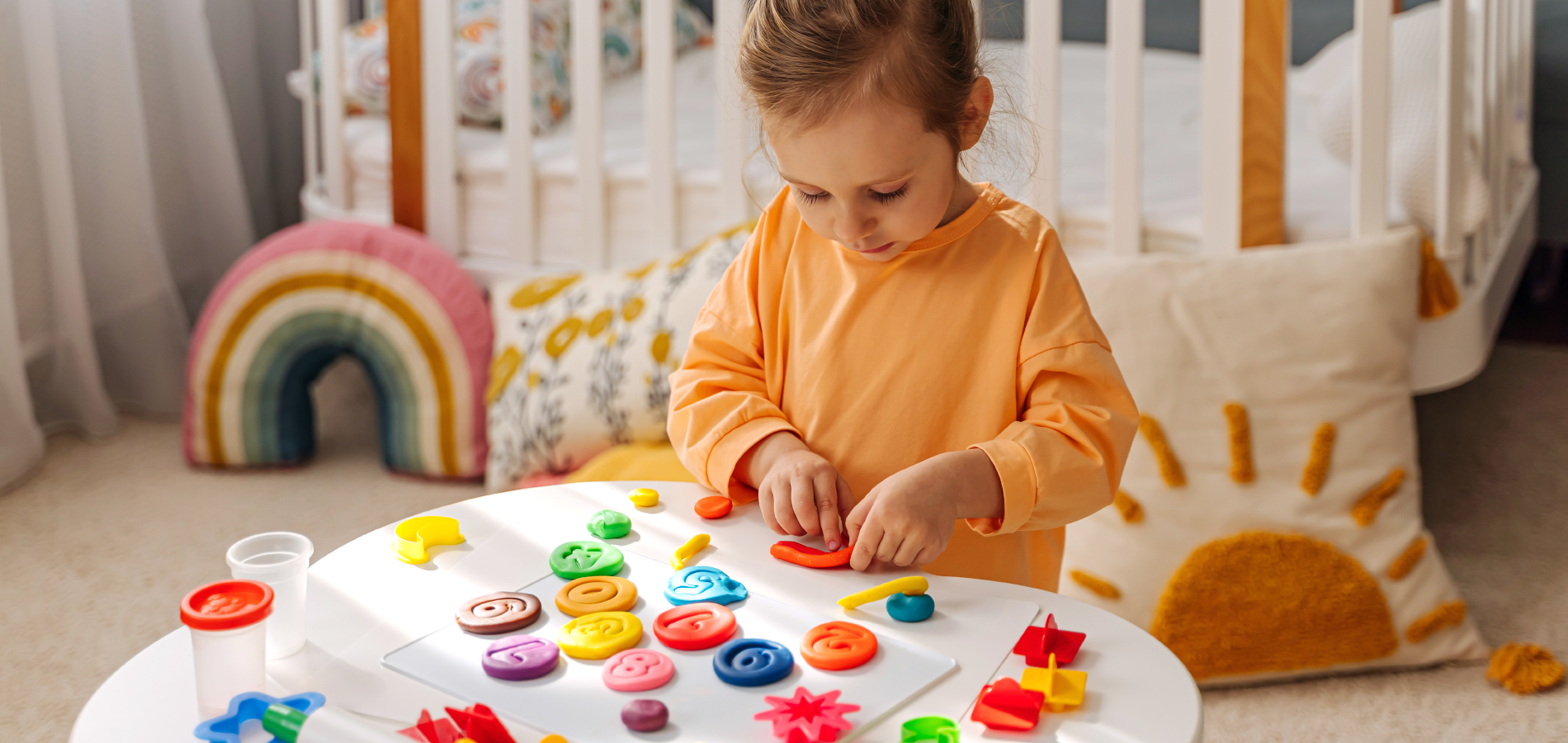
What are your go-to activities for indoor sensory play? Share the inspiration for other parents in the comments below or on social media, making sure to tag us at @funandfunction.
Check out our variety of gross motor toys and tools for more fun activities. Need to focus on calming down? We’ve got plenty of calming sensory toys and tools as well!













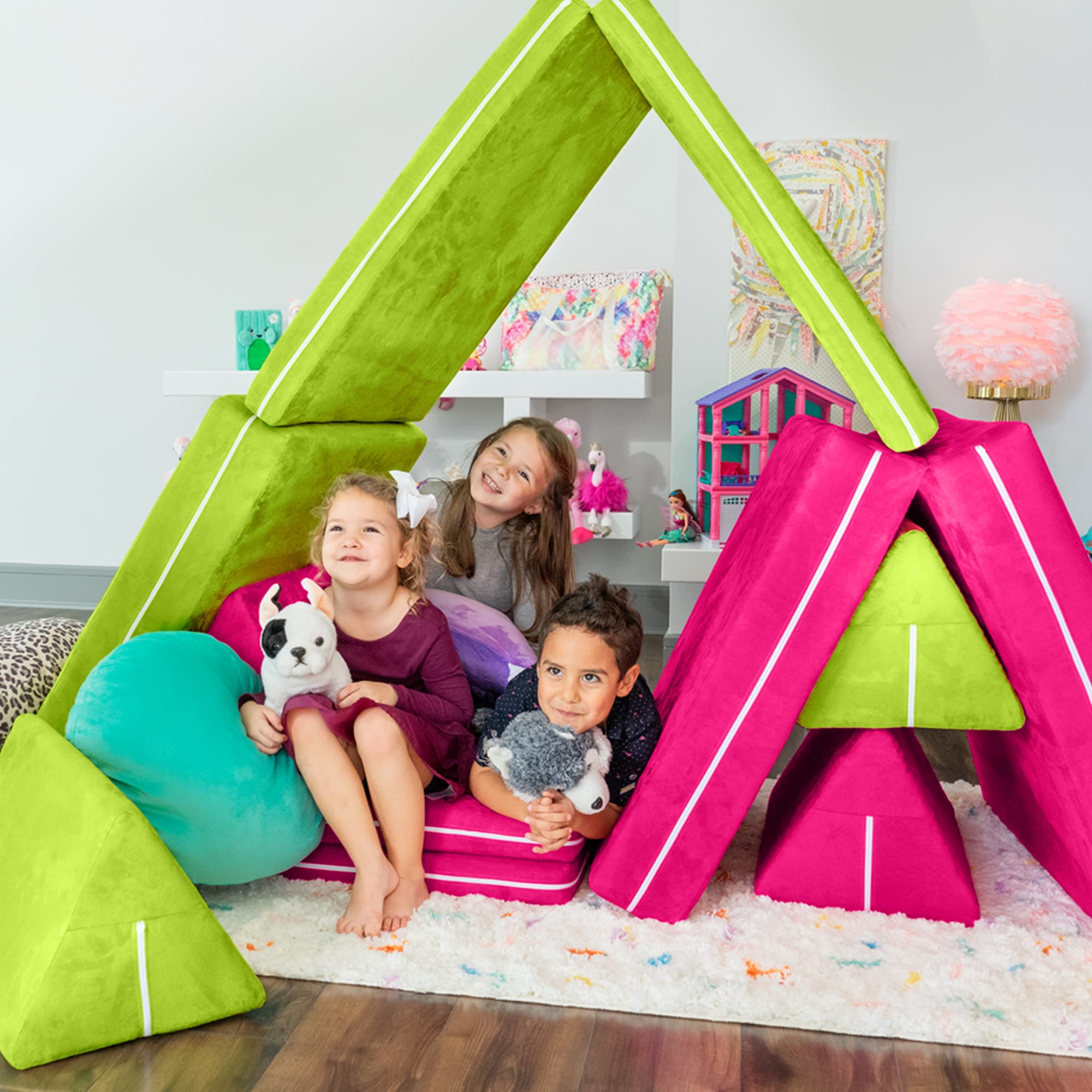

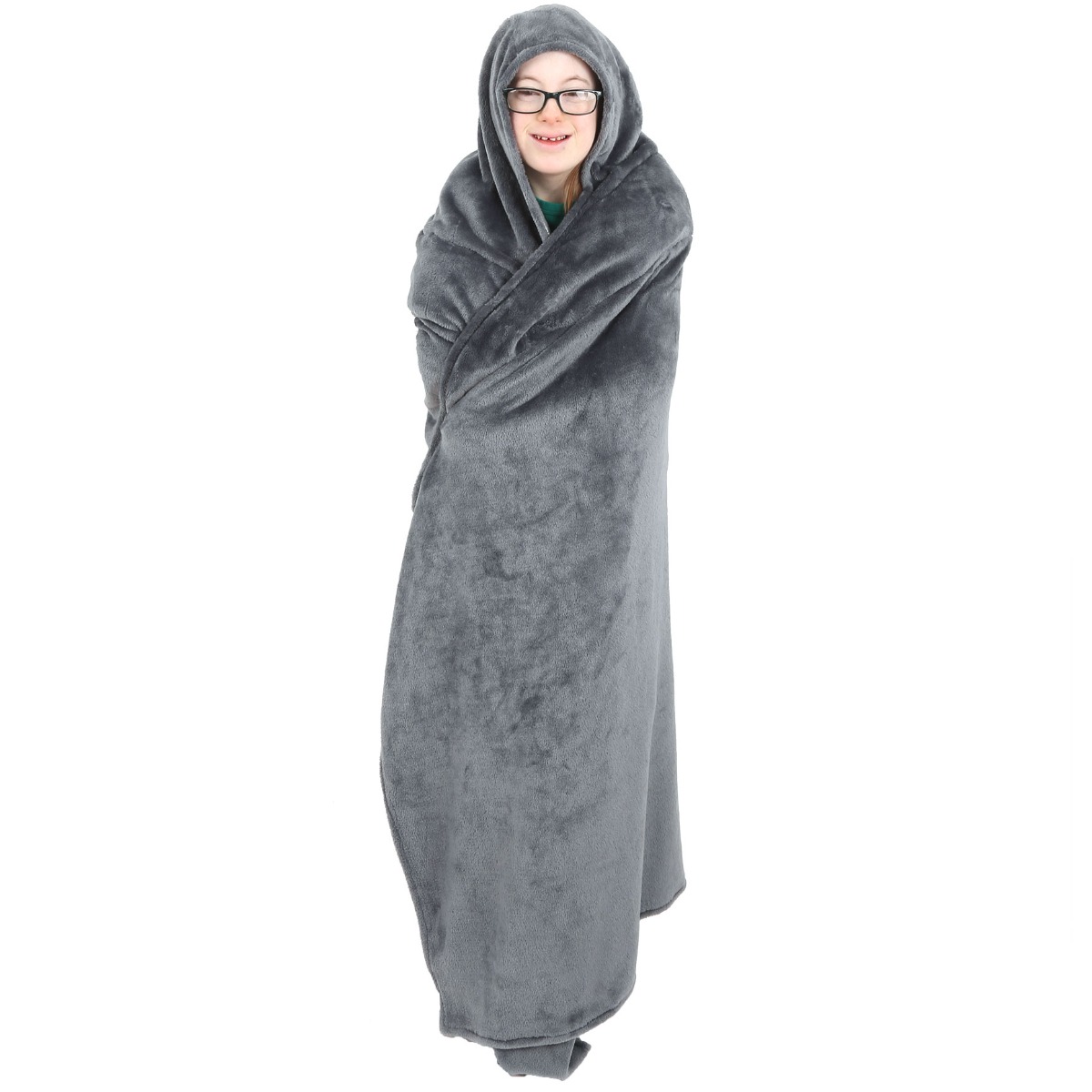
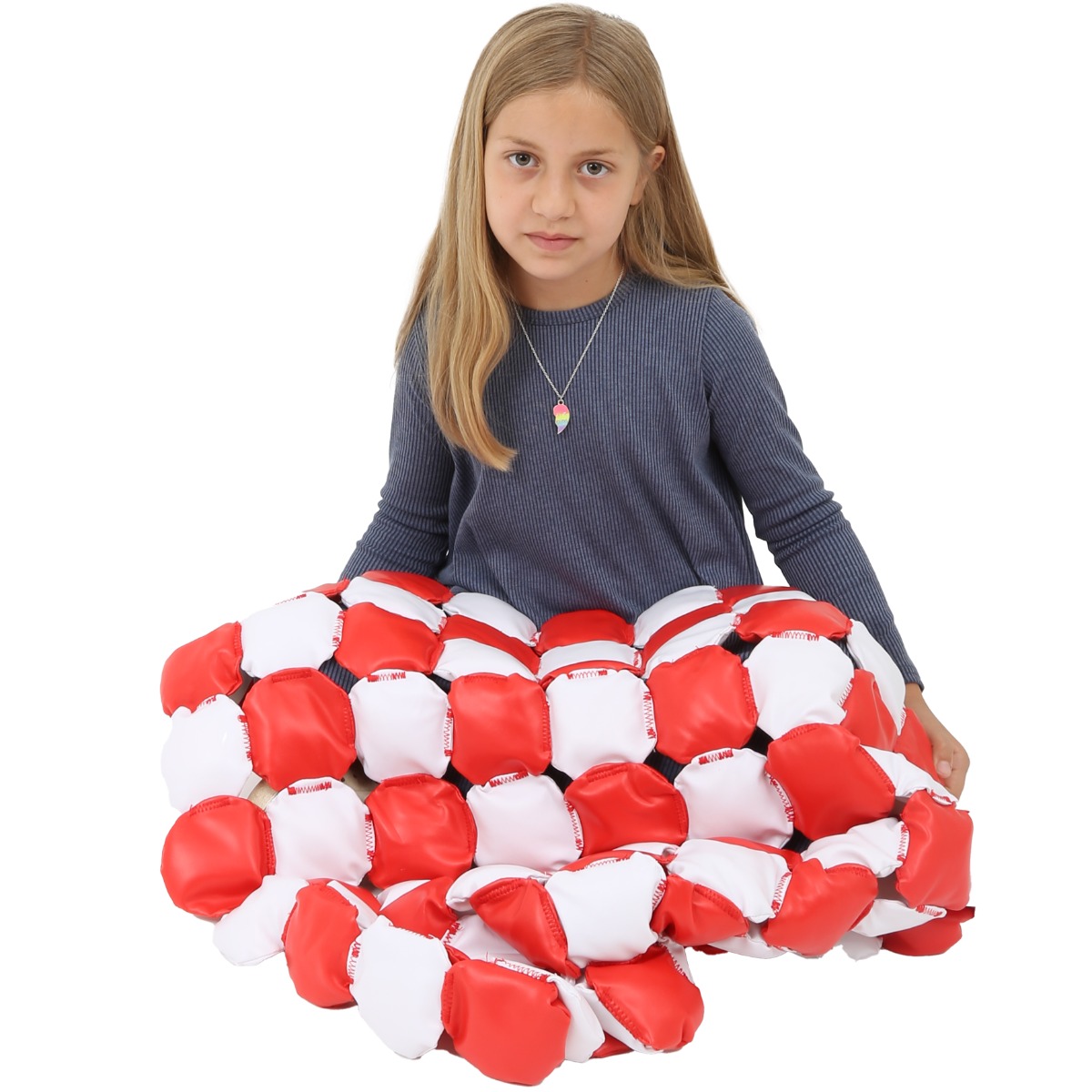
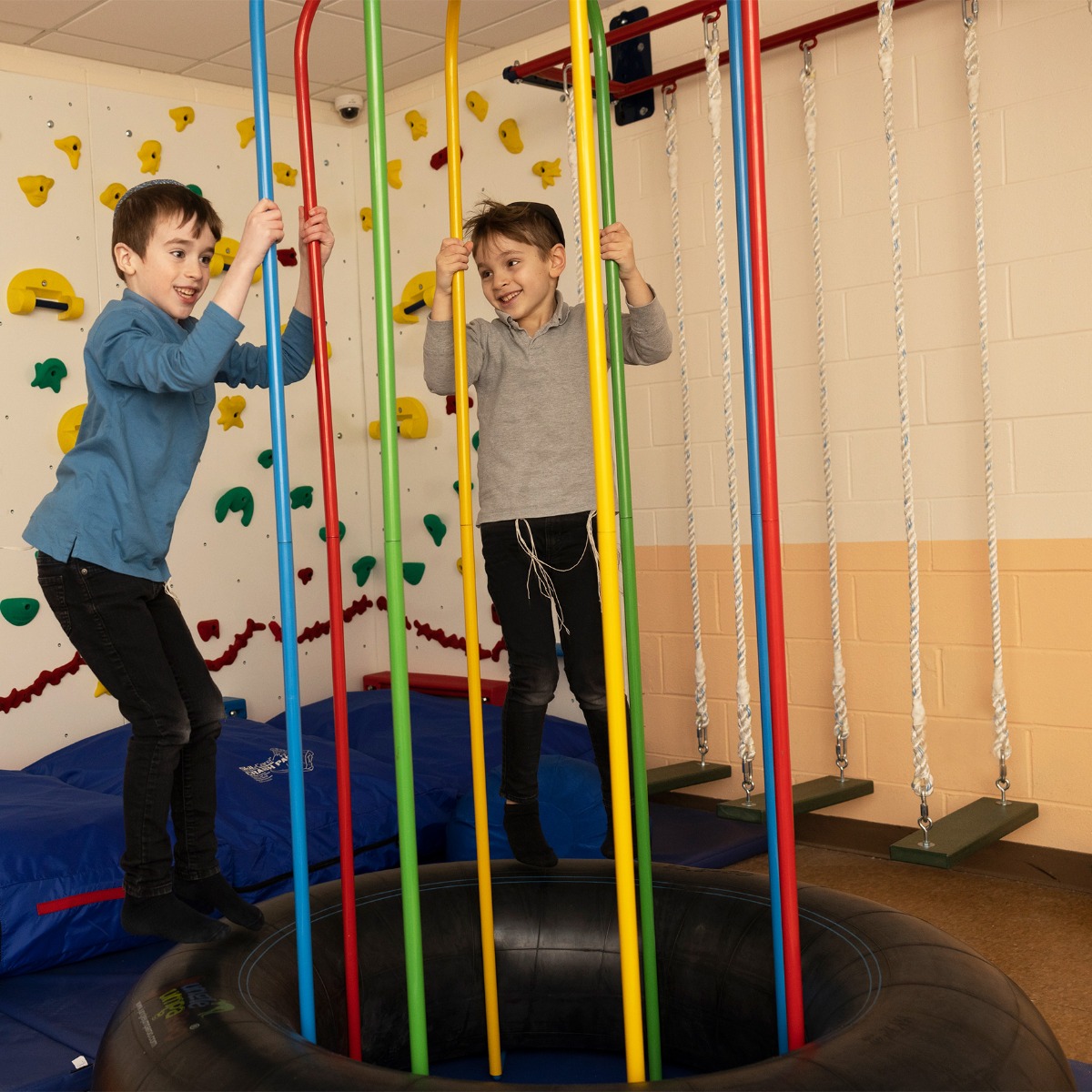
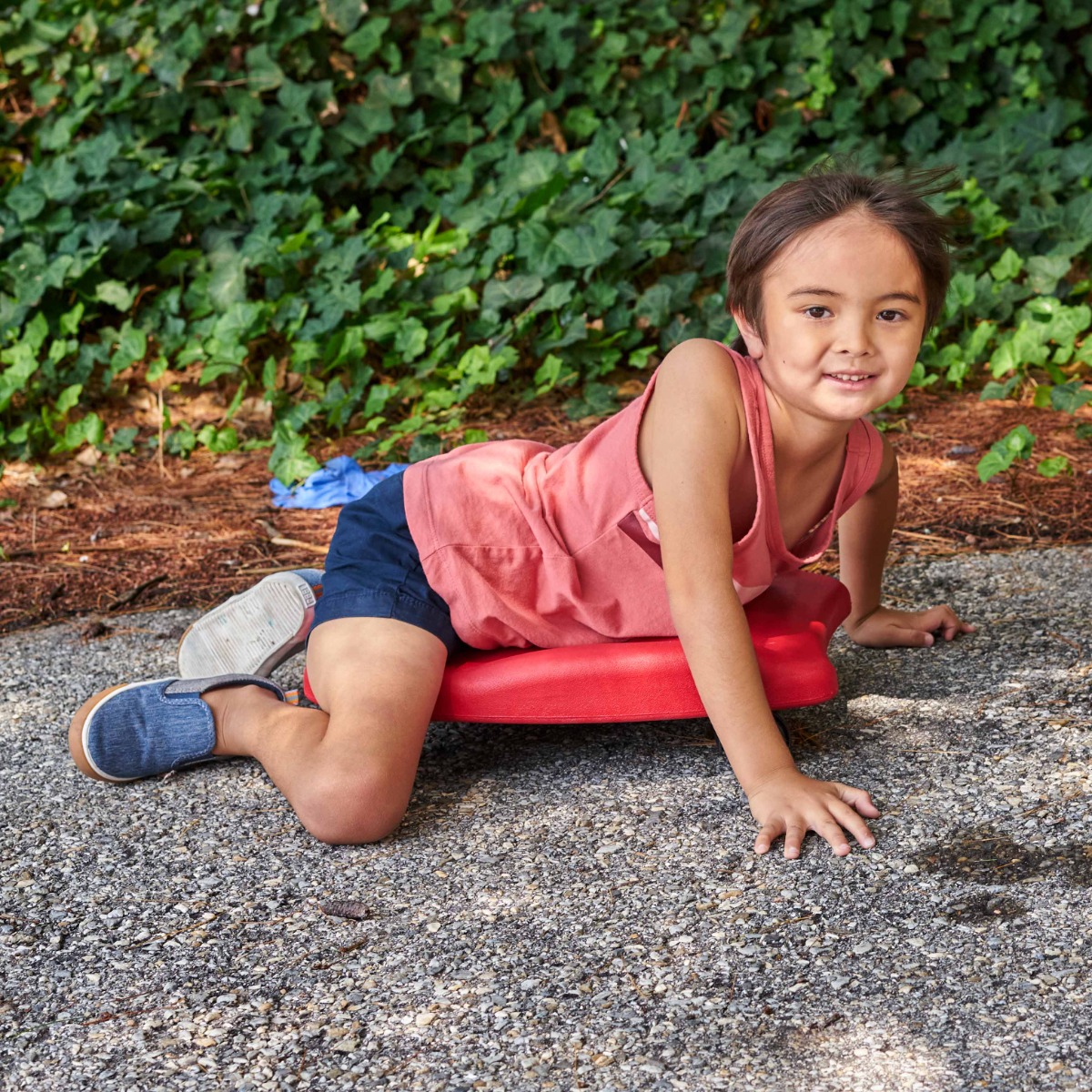
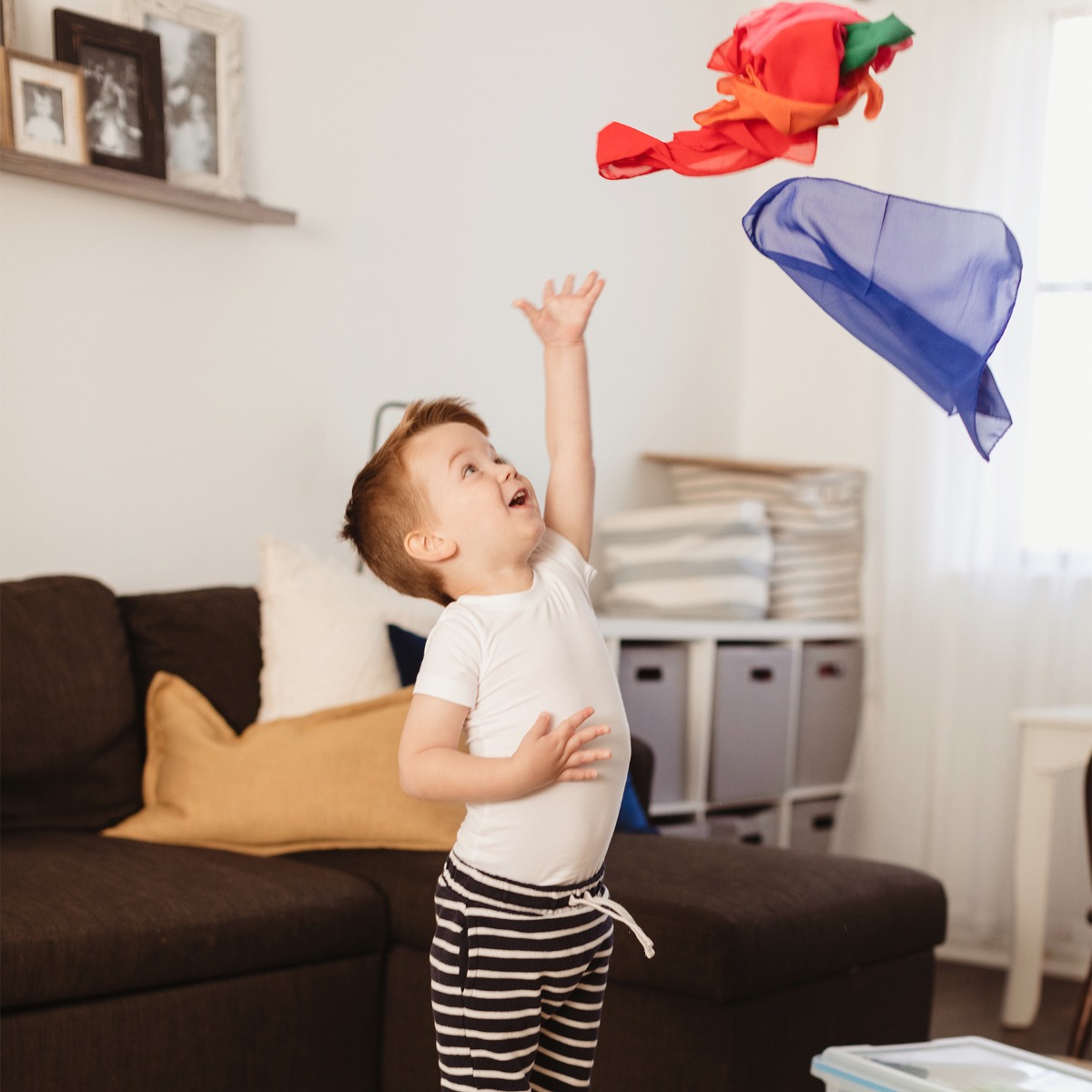

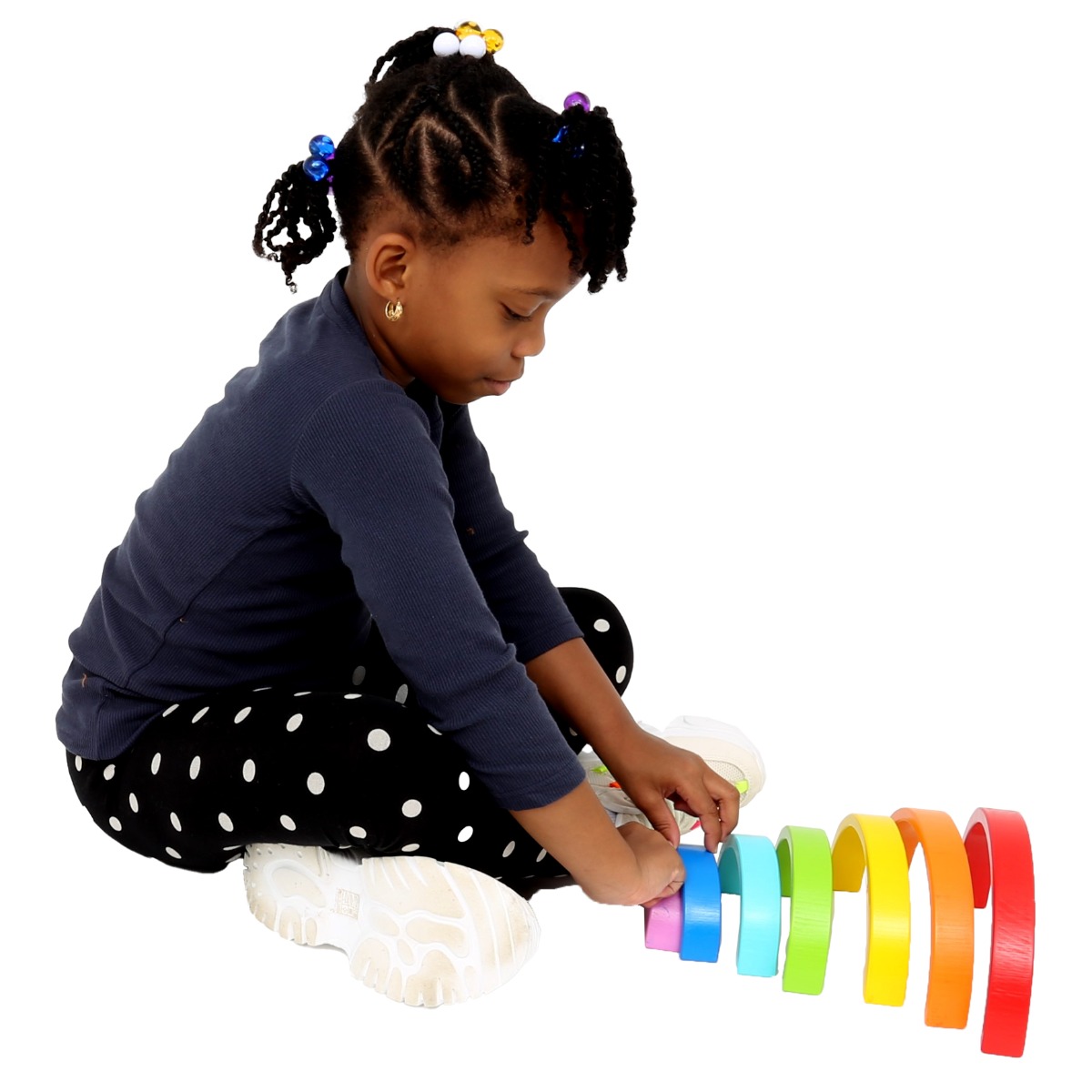
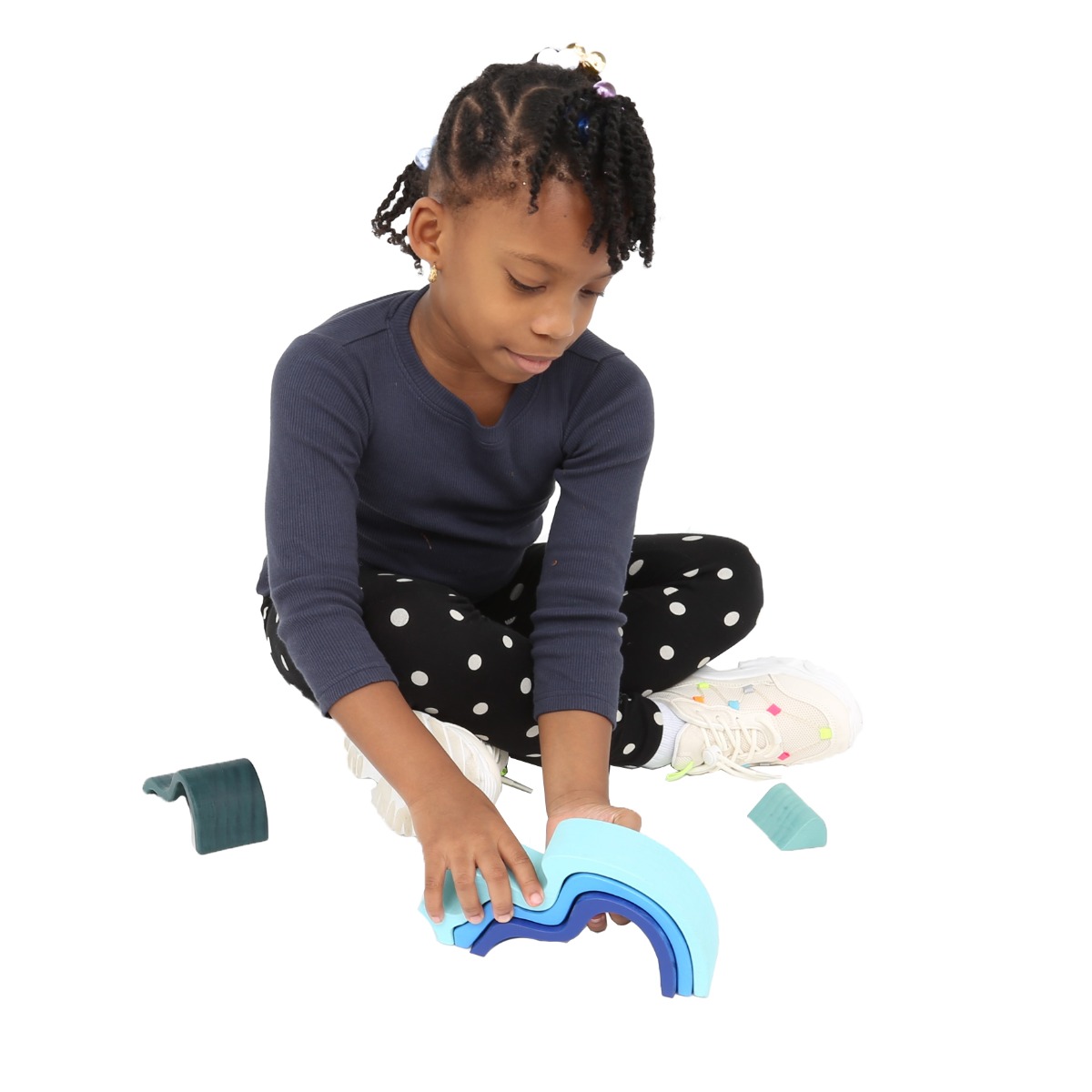







Comments